The output of large tonnage ships entering and leaving Hai Phong seaport has been growing in recent times. However, there are still difficulties in improving the efficiency of receiving large ships in the area.
Implementing the Project "Research to improve the ability to exploit public maritime infrastructure and existing port infrastructure", according to Hai Phong Maritime Port Authority, recently, there have been many projects to improve the efficiency of receiving large ships at seaports.
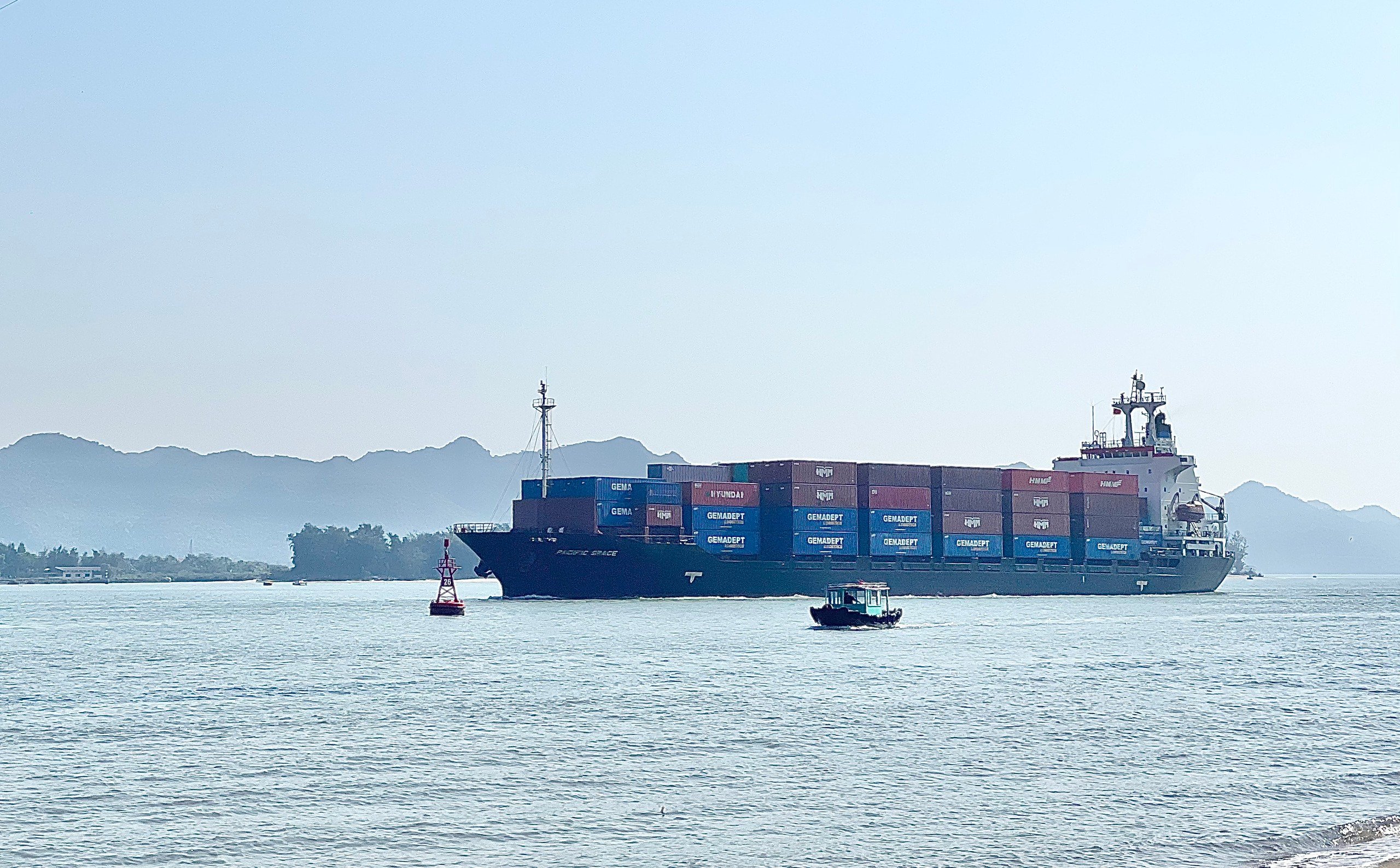
Hai Phong seaport infrastructure still has infrastructure problems that need to be resolved to improve its capacity to receive large ships (Photo: Ta Hai).
Mr. Bui Nguyen Khoi, Director of Hai Phong Maritime Port Authority, informed that after the Vietnam Maritime Administration issued a document to deploy the Project to the port authorities, the port authority sent a document to the enterprises to implement the Project. Based on the needs of the enterprises and the maritime infrastructure, the Port Authority will have specific lists to improve the efficiency of receiving large tonnage ships.
Regarding public maritime infrastructure, according to Mr. Khoi, recently, the Ministry of Transport has approved the policy for 3 socialized projects to upgrade public maritime channels (the section from the turning basin of Hai Phong international container port to Nam Dinh Vu port area, the section from upstream of Nam Dinh Vu port to Nam Hai Dinh Vu port area and the section from upstream of Nam Hai Dinh Vu port to Dinh Vu port) to a depth of -8.5m, as well as approved the investment policy for the turning basin at Lach Huyen.
According to statistics from the Vietnam Maritime Administration, the number of large tonnage ships entering and leaving ports has been increasing over the past 5 years. In the past 5 years, the number of large tonnage ships entering and leaving seaports to load cargo has often accounted for over 10% of the total number of ships entering and leaving ports.
However, to effectively welcome large ships into and out of seaports in the area still exists certain difficulties.
According to the Project "Research on improving the ability to exploit public maritime infrastructure and existing port infrastructure", the Vietnam Maritime Administration said that currently, some ports in Dinh Vu peninsula are designed to receive fully loaded ships up to 20,000 DWT, and ships up to 48,000 DWT with reduced load with suitable draft and load can dock.
However, in reality, the ports are having to limit receiving large ships due to the limited navigation capacity of the waterway with its curved bends.
In addition, agents and ship owners are passive in planning for large ships departing from ports (such as choosing ship size, calculating draft, itinerary, and time of arrival at Hai Phong port) because the channel depth changes rapidly.
Ships often have to wait for the tide, or reduce their load to be able to enter or exit the port. In many cases, ships on their way to Hai Phong, when there is an announcement that the channel depth has changed and cannot meet the draft of the ship, the ship owner has to change the route, change the port of arrival and even not return to Vietnam.
In addition, the annual funding for dredging and maintenance of the waterway is limited, causing the depth of the waterway to frequently fall below design standards. Local sedimentation at some points has hindered large tonnage vessels from entering and exiting the waterway, even causing them to run aground, affecting the operations of Hai Phong seaport.
To enter and exit the ports in the Hai Phong area, ships with a capacity of over 20,000 DWT to 48,000 DWT must wait for the tide, or reduce their load, causing a waste of time and costs for ship owners, reducing the efficiency of port investment and exploitation. At the same time, it also causes a sudden increase in the density of small-tonnage vessels, difficult navigation conditions leading to the risk of maritime accidents such as collisions, grounding, causing traffic jams...
At Hai Phong seaport, there is no equipment to measure and forecast the flow at Bach Dang and Lach Huyen channels. This makes it difficult for pilots and port authorities to plan the movement of ships in and out of the port, as well as to monitor the implementation of maritime safety plans, especially for ships with a load greater than the design of the wharf.
Currently, only one-way travel is applied to Lach Huyen channel for ships with a capacity of more than 100,000 DWT entering and leaving TC-HICT port, affecting the plan for ships entering and leaving ports inside Bach Dang river and Cam river.
Source: https://www.baogiaothong.vn/go-nut-that-ha-tang-cang-bien-hai-phong-nang-cao-nang-luc-don-tau-lon-192250212184252148.htm




![[Photo] The Steering Committee of the 2025 Fall Fair checks the progress of the organization](https://vphoto.vietnam.vn/thumb/1200x675/vietnam/resource/IMAGE/2025/10/20/1760918203241_nam-5371-jpg.webp)

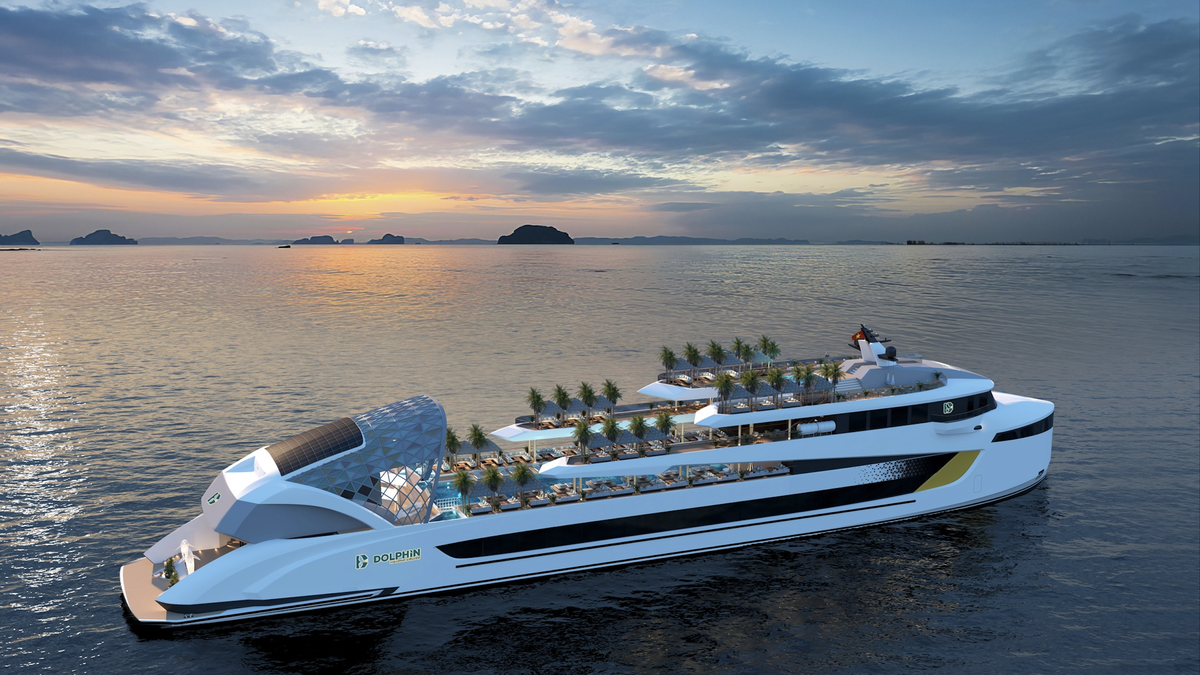

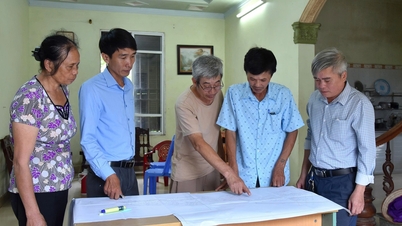

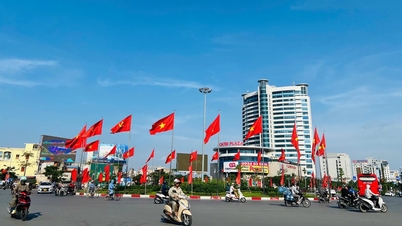


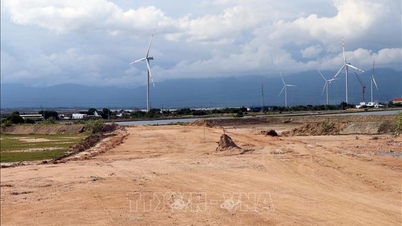

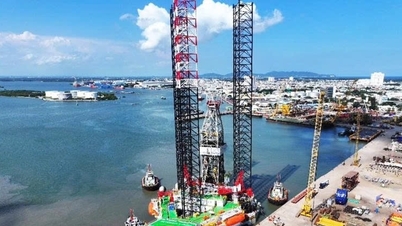

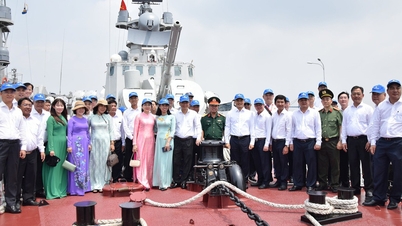





















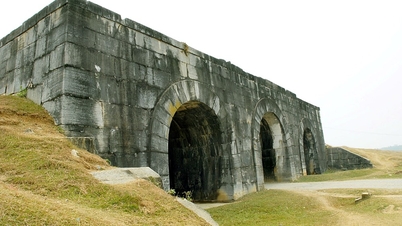

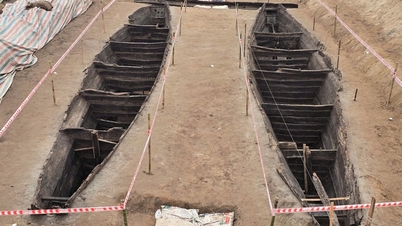




















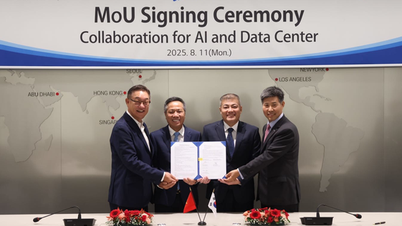











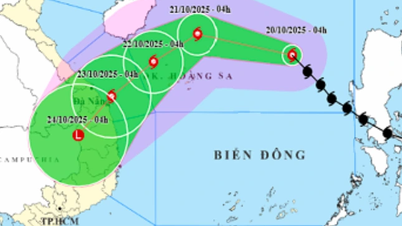






















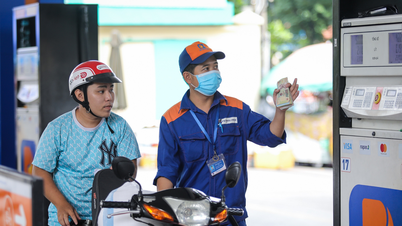















Comment (0)